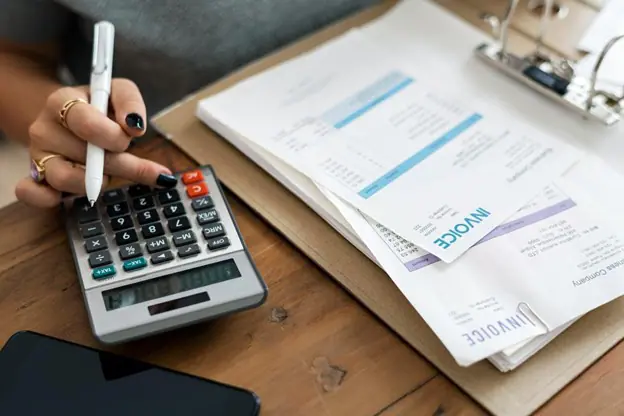With equipment investment dropping and business confidence on edge, America’s economic engine is clearly sputtering under tariff uncertainty.
Business investment is supposed to be the heartbeat of a growing economy, so what happens when that pulse weakens?
April’s nosedive in U.S. capital goods orders is a bad data point, a red flag, a siren, and frankly, a loud warning shot.
As reported by Reuters, core capital goods orders, which are a key measure of business investment, dropped by 1.3% in April. That’s the steepest plunge in six months, and it’s happening at a time when the U.S. economy can’t afford more instability.
Trump’s Tariff Whiplash is Stifling Business Confidence
Business leaders aren’t magicians. They can’t plan billion-dollar equipment investments on vibes alone. But that’s exactly what’s being asked of them as President Trump plays hot potato with tariff policies.
One week, tariffs on Chinese goods are set to skyrocket. Next, they’re slashed. European imports are threatened with 50% duties, only for that threat to vanish days later.
It’s a clean, cut economic roulette. And businesses are folding their cards and holding their cash.
Stephen Stanley, chief U.S. economist at Santander, said it best: Executives are pressing pause on capital projects until they get more clarity. April’s data is just the first visible crack in the façade.
Beyond the 1.3% plunge in core capital goods orders, shipments fell 0.1%, reversing March’s gains; non-defense capital goods orders collapsed by 19.1%, and durable goods orders sank by a staggering 6.3%.
Sure, orders for computers and machinery inched up, but those are exceptions in a broader downward trend. Even Boeing only received eight aircraft orders in April, down from 192 the previous month. That’s not a slowdown; it’s a freefall.
And before anyone celebrates the rebound in consumer confidence (which spiked to 98.0), keep in mind: consumers still fear the impact of tariffs. Buying plans are up, but the confidence in the labor market is slipping so quickly.
The Front-Running Illusion is Fading
Some analysts are clinging to hope, pointing out that Q1 saw strong equipment investment as companies “front-loaded” purchases to dodge looming tariffs.
That might explain the temporary spike, but it is not sustainable. Once that demand is exhausted, once businesses have stocked up, what’s left?
Thomas Ryan of Capital Economics sees the writing on the wall: business equipment investment is likely to flatline in the second half of the year. That means stagnation. That means layoffs. That means a potentially sharper economic downturn.
Industrial Revival or Political Theatre?
Trump’s trade war is, in theory, about revitalizing American industry. But here’s the hard truth: slapping tariffs on imports won’t fix structural labor shortages or outdated supply chains. Reviving the industrial base takes a long-term strategy, not reactive policy and political chest-thumping.
Instead, tariffs are becoming a self-inflicted wound. They’ve injected chaos into business planning cycles, raised import costs, and are now showing signs of bleeding into the housing market. Yes, even house prices are cooling, with new home inventory at 2007 levels. That’s not a coincidence.



